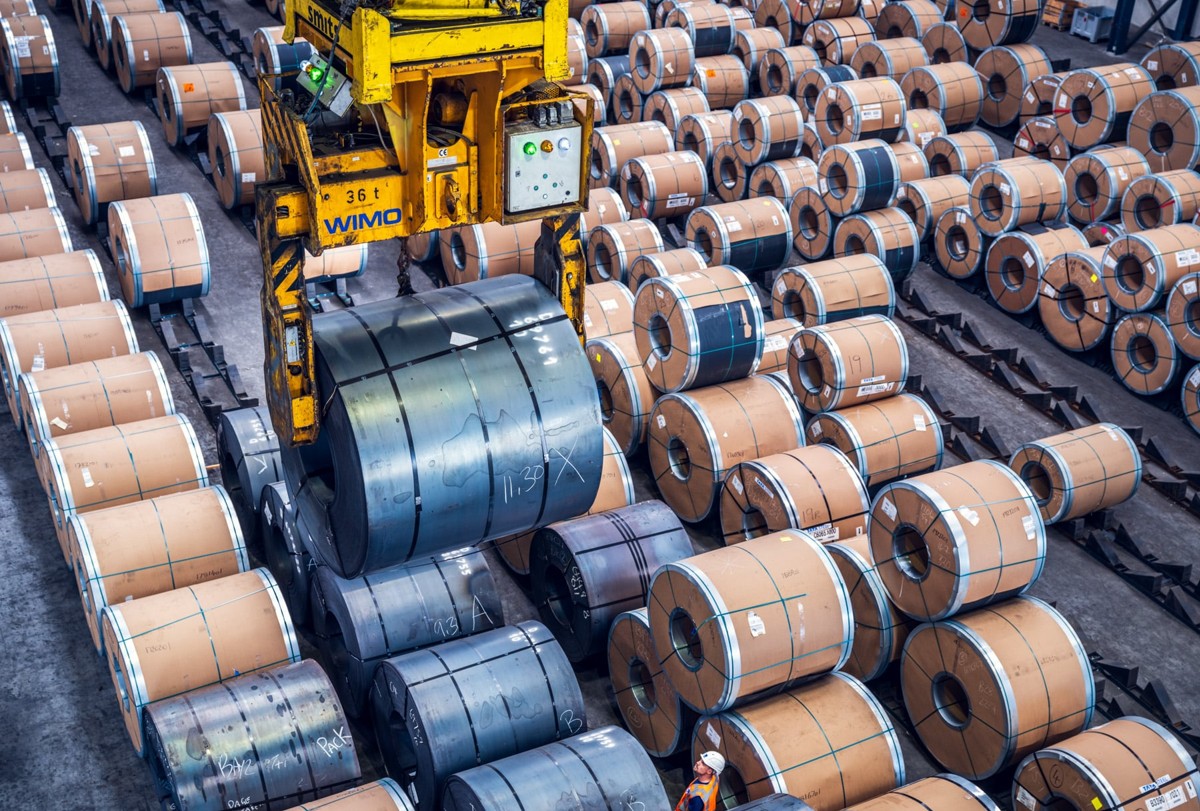Plate

July 26, 2018
Strong Demand and Tight Supplies Likely to Keep Plate Prices High
Written by Tim Triplett
Many steel buyers, and investors in steel futures, are betting that steel prices will follow the typical seasonal pattern and decline in the last few months of the year, even with the Trump tariffs boosting the market. While that may prove true for flat roll, it will most likely not be the case for steel plate, say Steel Market Update sources.
SMU’s latest market canvass shows plate in the U.S. selling in a range from $960 to $1,000 per ton, averaging $980 per ton for September delivery. Plate supplies are tight and customers are on allocation, due in part to the tariffs restricting steel imports.
“I totally disagree that plate prices will be dropping significantly anytime soon, if at all,” asserted one service center executive this week. Demand for discrete plate remains strong, with mill lead times ranging from 9-13 weeks depending on the mill, grade, size, volume, etc. Imports are low and foreign offers are not attractive. Projections for rail, bridge, off-road, mining, and oil and gas are pointing up for the remainder of the year, promising continued strong demand, he said.
“Discrete plate prices are not going down for the balance of this year unless something unforeseen happens to change the outlook. If a plate distributor or service center is holding back on buying, thinking that the prices are coming down soon, they are going to be sadly mistaken,” he said.
With lead times so extended, domestic mills are beginning to take orders for October delivery. Buyers tell SMU that SSAB and ArcelorMittal have them on allocation, and that SSAB has planned a two-week maintenance outage at its Montpelier furnace for early October, which should tighten supplies even further. “I expect stable pricing in October/November, maybe a slight December pullback,” the source added.
Plate mills are no longer as dependent on service centers for distribution, he observed. Service centers used to handle 70 percent of all the plate in the market; today it’s closer to 50 percent. That gives the mills more control over supply and pricing. “I don’t see delivered plate dropping more than a few percent by year-end. I think $45/cwt would be the floor. This really is a function of lead times, and the mills have enough cushion at 10-11 weeks to wait it out a bit,” he said.
Another service center exec pointed to a concerning issue that could affect plate supplies later in the year. Most mills are behind in deliveries. At some point, they will catch up. “That will likely cause inventories to grow at year-end when no one wants them. That could make the resale market very challenging at the end of this year.”
As in the flat rolled market, plate buyers are watching closely to see if the Trump administration gives in to pressure to rescind or modify the 25 percent tariff on steel imports. In order to achieve a new “free trade” agreement with NAFTA partners Canada and Mexico, the administration may well have to reconsider the steel tariffs.
As another steel distributor commented, voicing a common view: “We all know that at some point this [tariff] will end, and when it does, it will result in a wide pullback of steel pricing.”






